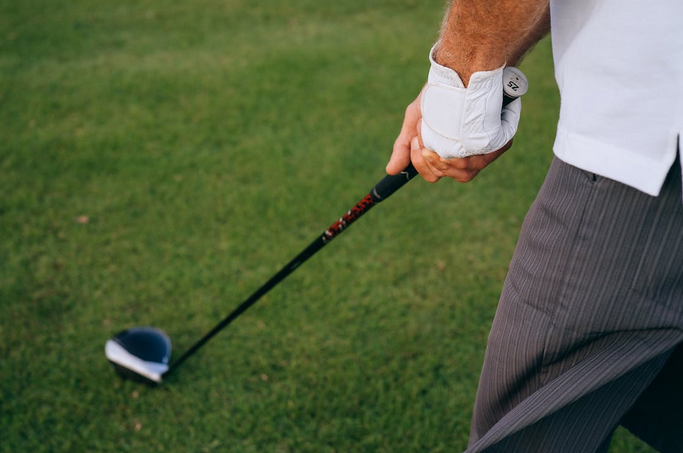Golfing is a low-impact and enjoyable way to stay active, but for those with osteoporosis, it can be a challenge. Indeed, being a pro is not only about knowing how many golf clubs allowed in a bag, but also how to keep up with your games when you know you are losing bone density which, in many cases, is inevitable among older golfers. Osteoporosis reduces the bone’s strength and density while also increasing the risk of fractures, making safety a top priority when on the green.
However, it doesn’t mean you must give up your golf game altogether. With some simple tips and modifications, you can continue playing while keeping yourself safe from harm. In this article, we’ll share some essential safety golfing tips specifically designed for individuals with osteoporosis. Let’s tee off into safer golfing together.
Stretch to Get a Wider Range of Motion
Stretching before playing golf is crucial for individuals with osteoporosis. It helps to warm up the muscles, gently stretch them and increase blood flow to the joints. This can help prevent injury and loosen stiff muscles.
When stretching, focus on your shoulders, back, hips, and legs. Taking it slow and ensuring you don’t overdo it is essential, as this may cause more harm than good. Stretching should be a gentle process that feels comfortable for you. Some effective stretches include a standing-prone cobra. To do so, squeeze your shoulder blades together and hold them for 60 seconds.
Make Use of a Modified Golfer’s Reach (the Hip Hinge)

As having osteoporosis leads you to more risk of pain when performing certain motions, consider using the hip hinge or a modified golfer’s reach. This technique involves a hip hinge movement that helps prevent any excessive strain on your back by maintaining your spine in a neutral position.
To perform this technique, stand straight with your feet shoulder-width apart and place the golf club across your shoulders behind your neck. Then, bend forward at the hips. Ensure to keep your back straight until you feel a tiny stretch in your glutes and hamstrings.
Avoid Swinging to the End Range
When golfing with osteoporosis, it’s more than just a gimmick to avoid swinging to your end range of motion. This means that you should not swing as far back or follow through as far as you normally would if you didn’t have this condition.
Swinging to the end range puts excessive strain on your joints and muscles. It will then lead to an increased risk of injury. It also places additional stress on your bones, making them more susceptible to fractures. To prevent swinging to the end range, focus on taking shorter swings and maintaining good form throughout the swing. Start by using a lower club number so you don’t feel tempted to hit the ball too hard or far.
Bonus Tip: Do Yoga and Pilates to Keep Your Back Muscles in Good Shape
 A lot of golfers with osteoporosis suffer from back pain. That’s why keeping your back muscles in good shape is also a must. To do this, you can try doing yoga and Pilates exercises. Yoga and Pilates, in this case, the downward-facing dog, and pelvic curls, are low-impact exercises that focus on strengthening the core muscles, including those in your back. They also help improve balance, flexibility, and posture.
A lot of golfers with osteoporosis suffer from back pain. That’s why keeping your back muscles in good shape is also a must. To do this, you can try doing yoga and Pilates exercises. Yoga and Pilates, in this case, the downward-facing dog, and pelvic curls, are low-impact exercises that focus on strengthening the core muscles, including those in your back. They also help improve balance, flexibility, and posture.
As we can see, playing golf with osteoporosis may require some adjustments to your technique and approach. It’s important to prioritize safety and avoid putting unnecessary strain on your bones while still enjoying the game. In fact, don’t forget to talk to your doctor before engaging in any exercise program if you have osteoporosis. With their advice and guidance, you can develop an individualized fitness plan that meets both your needs and limitations.